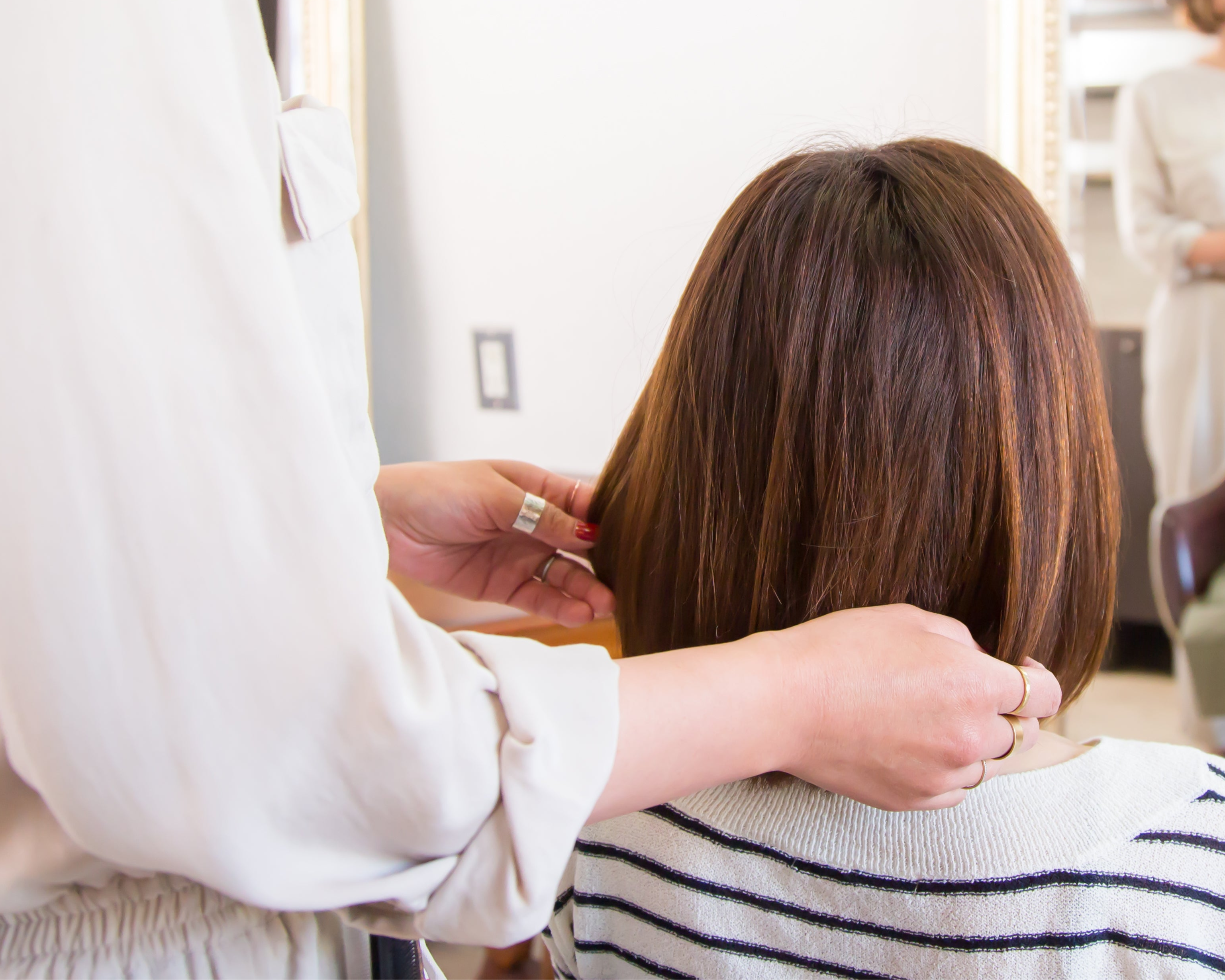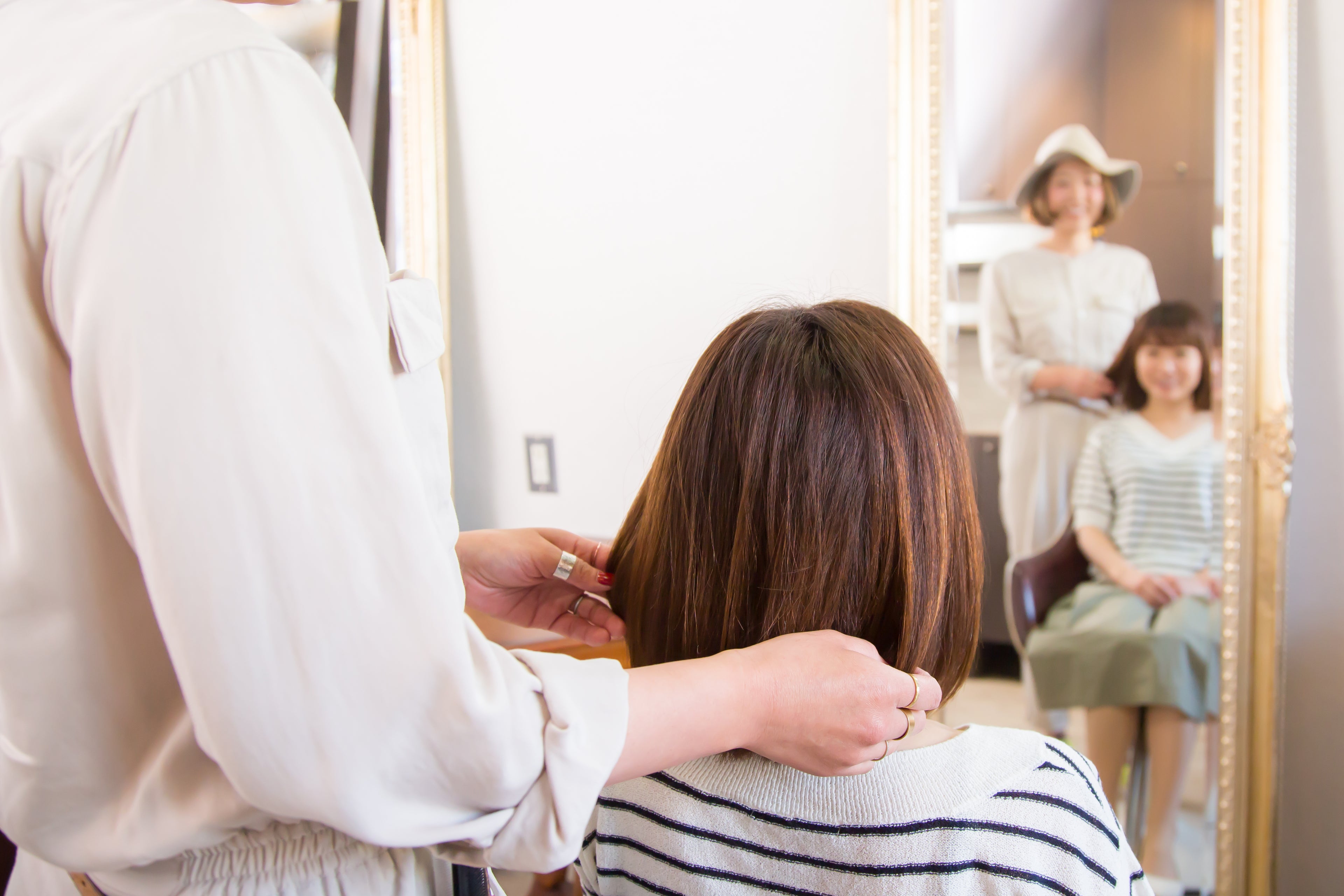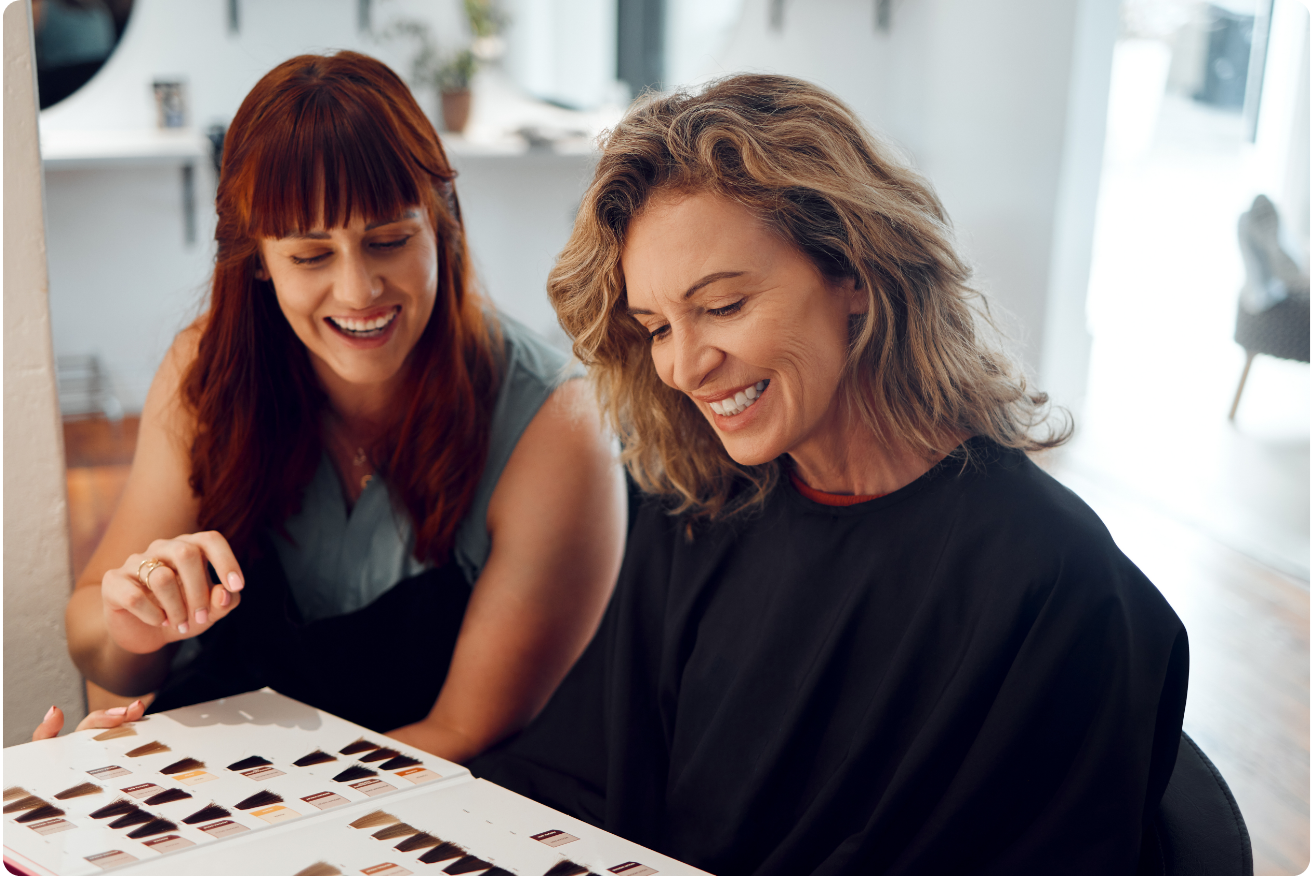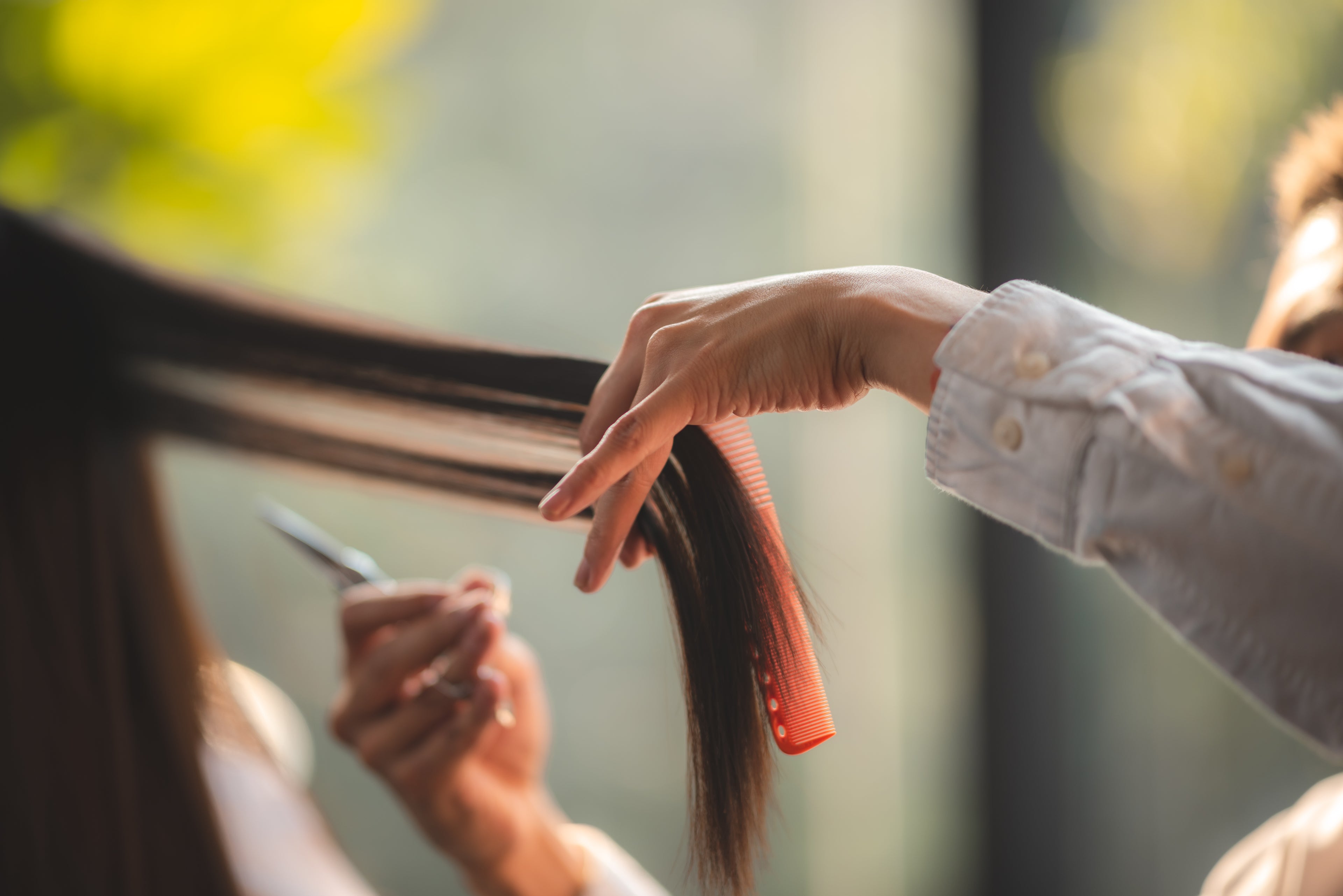

successful colour consultations /
your powerful pre-colour tool
Good communication with your client is essential for a guaranteed good outcome. An effective and thorough consultation before your salon service will:
-

Help you to understand your client’s request and needs.
-

Make your salon guest feel valued as an individual.
-

Give you an opportunity to perform an initial Wet Stretch Test and advise a home care plan.
-

Allow you to process, filter and discuss creative ideas as well as identify and discuss any possible issues or changes.
-

Create an opportunity for you to take a cutting from your client’s hair to perform a strand test where applicable.
-

Take the guess-work out of your day to keep your schedule running smoothly and help you to accurately cost the final bill.


who is given a colour consultation?
Everyone who’s having a colour!
Whether it’s a regular client who has been coming to you for years, or a new guest who is visiting for the first time, every colour client should have a colour consultation and be made to feel valued every time they sit in your chair.
A good consultation not only helps create the best outcome for your client’s colour appointment, but it can save you and the salon time and money by identifying and solving potential issues before they arise. A good consultation culture will also help maintain the integrity of the salon business as a safe space for all.
key colour consultation factors /
The basic factors we’re looking for in an OCS colour consultation are:
Observing how the hair falls or how the client wears their hair can help in deciding technique, colour placement and application.
Using the Shade Chart, you can determine the exact base depth/level and tone of the natural and/or pre-coloured hair. This helps you to formulate well to achieve more accurate colour results.
Use the Colour Fan and the OCS Shade Chart to discuss your client’s desired results and demonstrate which tones will complement their skin tone.
Completing the hair analysis helps you understand the internal condition of your client’s hair and tells you what pre-treatments, if any, are required on colour day (or before, if necessary).
Analysing the hair also helps you to educate your client about the condition of their hair and customise a home care plan for use before and after their colour appointment.
Go over your client’s colour and product history to gain a better understanding of what’s currently sitting on the hair and what may be ‘lying underneath’ from previous years.
This gives peace of mind to both you and your client on appointment day. It helps avoid any negative surprises which could elongate the colour appointment, and it helps to set your client’s expectations before their colour service.
remember /
Perform the hair analysis in front of the mirror with your client; they love to watch and learn and see the transformative power of the products for themselves. Show your home care recommendations by putting the products in front of your client, and remember to keep a record of their prescriptive care products.


your consultation form /
It’s great idea to create a consultation form that reflects the level of service you want to offer in your salon.
This enables you to work methodically through the form with your client and fully concentrate on the question at hand without worrying you’re going to miss anything important.


take a hair cutting /
There are a number of reasons why you should take a cutting of your client’s hair during their colour consultation:
✔ It allows you to strand test and trial multiple formulations to create a more accurate result on colour day.
✔ It enables an incompatibility test to be performed against previous colours/products on the hair.
✔ It gives peace of mind that the hair will respond properly to your planned service.
✔ It helps you manage the appointment timing and costings accordingly.
✔ It gives your client a realistic view of what to expect.
hints and tips for a professional consultation /
Always use your client’s name and maintain good eye contact.
Try to sit at the same level as your client, face to face if possible, and only use the mirror when you want your client to see something you are showing them against themselves.
Listen to your client’s thoughts and ideas first before adding some of your own into the conversation. Your client should feel heard and respected at all times.
Where possible ask open-ended questions (questions that cannot be answered with a simple yes or no) that encourage longer and more details replies.
For example:
1 / How do you maintain your hair between colour appointments?
2 / Tell me about your hair type and characteristics?
Multiple choice questions are a great way to gauge a client’s interest and commitment to,
for example, the OCS System.
Here’s an example of a multichoice question you could use within a new client consultation:
How interested are you in making organic hair care and colour a part of your lifestyle?
1 / Not at all; I only came because of a promotion or special offer.
2 / Slightly; I am interested to find out more, but it’s not super important to me.
3 / Could be; I have changed some of my personal care to organic, but not everything.
4 / Very keen; I have done lots of research and heard this is the place to go for organic hair care and colour.
5 / Absolutely! I need all toxins out of my life.
This is a great question to figure out where the client sits within the system and your salon.
Once you feel you have gained your client’s trust and comfort in speaking openly with you, and you feel they fully understand the importance of the consultation, you can introduce more in-depth questions that not only demonstrate your professionalism, but the professionalism of the hairdressing industry as a whole.
Some of these questions may include:
1 / Are you allergic to any cosmetic ingredients?
2 / Are you on any hormonal or long-term medications?
3 / Have you gone through any chemotherapy or radiotherapy treatment in the last year?
4 / Have you had any bad reactions to hair colour in the past?
5 / What styling products and tools, if any, do you like to use on your hair?
6 / How much time do you spend on your hair each day?
7 / Do you tend to wear and gravitate towards certain tones or colours? And are there any specific colours you wear that make you feel awful?
8 / Would they mind having their photograph taken for before and after reference:
- for themselves?
- for salon marketing purposes?
- are they happy for their face to be shown?
trust and comfort is key /
It’s crucial to open a trusting two-way channel of communication with your client, so be sure to ask them if they have any questions for you. You may also like to offer some general information about OCS, why you use it, its unique selling points and the wonderful results it can give. And why not tell them a little bit about yourself as a hairdresser and give them your personal guarantee.


you’re nearly ready to go /
sign it off / Your completed consultation form can be signed by your client as confirmation that the information you’ve written is correct and that you’re both on the same page. This is becoming a more common practice across the hairdressing industry.
keep it safe / It’s crucial you file and store any personal details you hold of your client in accordance with your country’s information security and privacy laws.


